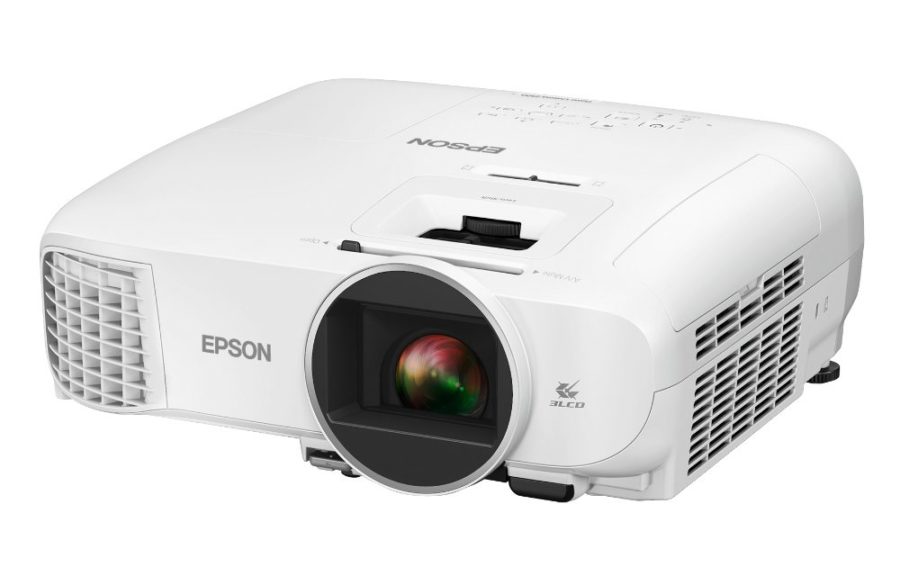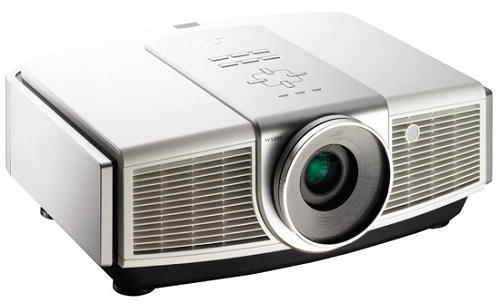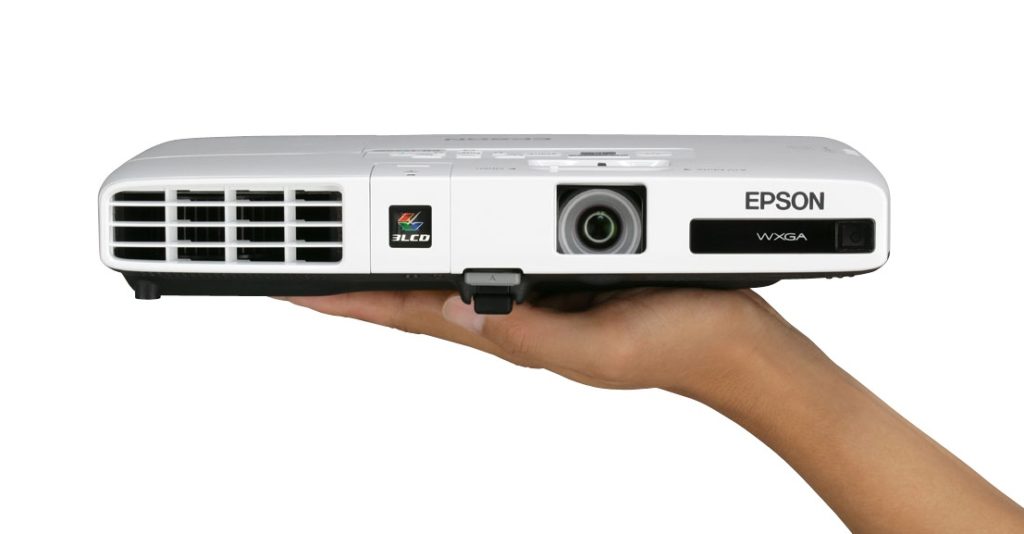A projector is a device that has become universal today, and the types of projectors are different and diverse. When such equipment was poorly developed, its use was considered possible exclusively for commercial as well as educational purposes. Today, the projector is an integral part of not only a successful company or enterprise, but also a home theater. The device is indispensable when you need to bring certain information to a wide range of people or conveniently watch your favorite movie on the big screen.

To choose the right projector, you need to know exactly where it will be used. This may be the audience of the school, the conference room of the company or an ordinary apartment. Depending on the scope of use, the pricing policy of the device also changes. In addition to displaying images on the screen, projectors include other functions that the user can select on their own. The classification of projectors is divided into types according to the principle of action, as well as according to image visualization technologies.
Content
What you need to know when choosing a projector?
The types of projectors are quite diverse both in function and in terms of operating life. When choosing a device, you should be guided by the following criteria:
- Know clearly for what purpose the projector will be used. For a presentation, simple slide show, or image output with improved quality and detail. If the projector will be installed at a university or school, then you should not take the latest model with the ability to change lenses. And vice versa, if the image from the set-top box is displayed through the device, then its quality should be excellent.
- Portability. The weight of the devices and their sizes are subject to change. Pocket with a weight of up to several hundred grams and one that will need to be carried with two hands with a weight of several kilograms. Having chosen the correct size and weight of the projector, the user will ensure its convenient transportation in the future.
- Know what functionality is required from the device. There are projectors with electronic access to the Smart Home system. Such an additional function is useless if the projector is used exclusively for the presentation of new products in a well-known company. You need to know what quality of photos and videos will be presented on the device. What is the minimum distance between the screen and the device itself? Answers to such questions will allow to cut off functions unnecessary for the user, which will also affect the price.
The main types of projectors, their capabilities
Before choosing a device, you should know what main types they are divided into.
Types of projectors:
- Slide projectors. Such projectors are not popular enough in the modern developed world, since the functionality of such devices is limited to displaying only images on the screen, and not always of good quality. For such a price you can purchase a device that can show not only slides, but also video materials. For remote control of a slide projector, manufacturers often equip them with a remote control. This allows you to switch slides without being distracted from the presentation topic. The narrow functionality of such devices is ideal for work purposes.
- Bishops. A projector whose type is classified as an episcop displays a direct source of information on the screen. This can be text from a newspaper clipping, a page of a book, personal notes from a notebook or an official document. The use of such a device is very convenient, since it does not require finding information in digital form.This is especially true of old documents, manuscripts, books that are not digitized, and their contents must be conveyed to the audience. Bishops are in demand due to their compact size and light weight. They can easily be transferred from one room to another, and preparation for work takes only a few minutes.
- Overhead projectors. Such devices are not very popular, they are capable of projecting images from special films. The inconvenience is that there are three ways to prepare such films: apply semantic information to the film by hand using a felt-tip pen; print to a printer; make a copy on a photocopy machine.
The main disadvantage is that for each of the methods you need to use your own type of film. Preparing information for presentation on an overhead projector sometimes takes a long period of time. But with such a device, it is possible to conduct a lecture or presentation with the conclusion of new information on the screen. For example, holding a film on the projector, you can simultaneously apply new data on it with a felt-tip pen. Overhead projectors can also transmit video format, but this requires the purchase of a small liquid crystal display. - Multimedia projectors. Such devices are most popular because they are capable of displaying digital video on the screen. These devices are of high quality, the image is detailed and has good clarity. Multimedia projectors are used both for home needs and for work. The pricing policy for them is different, it varies depending on the manufacturer, the quality of components and the warranty period.

A bit about image quality
The types of projectors by the functions that they are capable of performing have been described above. But also these devices are distinguished by the basic principles of image formation.
- LCD projectors. Projectors with such displays are available and have the highest number of sales annually. The principle of their design is such that the image is formed by a liquid crystal matrix. This technology is considered inexpensive and therefore devices based on it are very popular. There is an improved 3LCD technology that uses 3 instead of one matrix, one for each color. The quality of models with similar technologies may vary in the quality of the projected image. This is affected by the price of the device. Budget models can project video files with an increased distance between pixels, which creates a certain discomfort when viewing.
The main disadvantage of this technology, many users consider the lack of contrast. During the projection of the image on the screen, this can be expressed as a certain grayness, which becomes black. Also, sometimes the lag of the matrix is noticed. Even on the latest projectors, they notice a similar flaw. As a positive side, good color reproduction can be distinguished, which when projecting other visualization tools is an inaccessible opportunity.
Projectors based on Liquid Crystal on Silicon technology, which was created using a silicon-based liquid crystal component, can be considered another subclass of LCD devices. There is only one peculiarity: the LCD matrix operates on image reflection, and not on lumen, as is customary in LCD projectors. With such an image design, not only excellent color reproduction, but also remarkable contrast is observed. Among the shortcomings, insufficient brightness can be distinguished, which excludes the use of the projector in daylight.
- DLP technology. DLP is the main competitor to LCD, since the pricing policy of these two systems is almost the same and has insignificant differences. But DLP projectors have their own differences and features that are in no way associated with LCD visualization tools.
Plus, the image reproduced using DLP technology is significant - it is not only the high expressiveness of the image, it is also its emotionality.Such projectors can smooth out the low quality of the image, filling it with lively action and naturalness.
The main disadvantage of this technology is called the “iris effect”. This concept indicates the appearance of rings of several colors around objects that come into motion. You can also notice a similar flaw if you quickly move your eyes from one end of the screen to the other. It is because of this error that many users abandon DLP technologies. There is a lot of controversy and some believe that the “iris effect” cannot be a significant drawback. And user failures can be attributed to a poor perception of image imperfection. Also, such projectors have a low level of color reproduction, but the contrast is much higher than that of the LCD models.
- LED projectors. Popular LED technology is now installed in many lighting sources. This allows you to achieve maximum color flow with minimal energy consumption. Because of their popularity, LED projectors are considered the most purchased devices. LED technology allows you to create portable projectors that you can always carry with you if you wish. In modern smartphones, these are the projectors that are rightly considered the smallest. With a small size, the models of LED projectors are distinguished by good color reproduction, image quality and excellent contrast.

findings
As stated above, you need to know exactly where the projector will be used in the future. A variety of devices allows you to choose the right one in terms of quality and pricing. Also, you should not immediately pay attention to devices with an overvalued cost. It may happen that the extensive functionality of such a model is simply not useful in the future.
Uncooked article .... LEd is not a projection technology !, it is a type of lamp (LED lamp (LEd-Lamp, if you like), it can be used both in an LCD projector and in DLP. To separate it into a separate technology means to mislead people ....